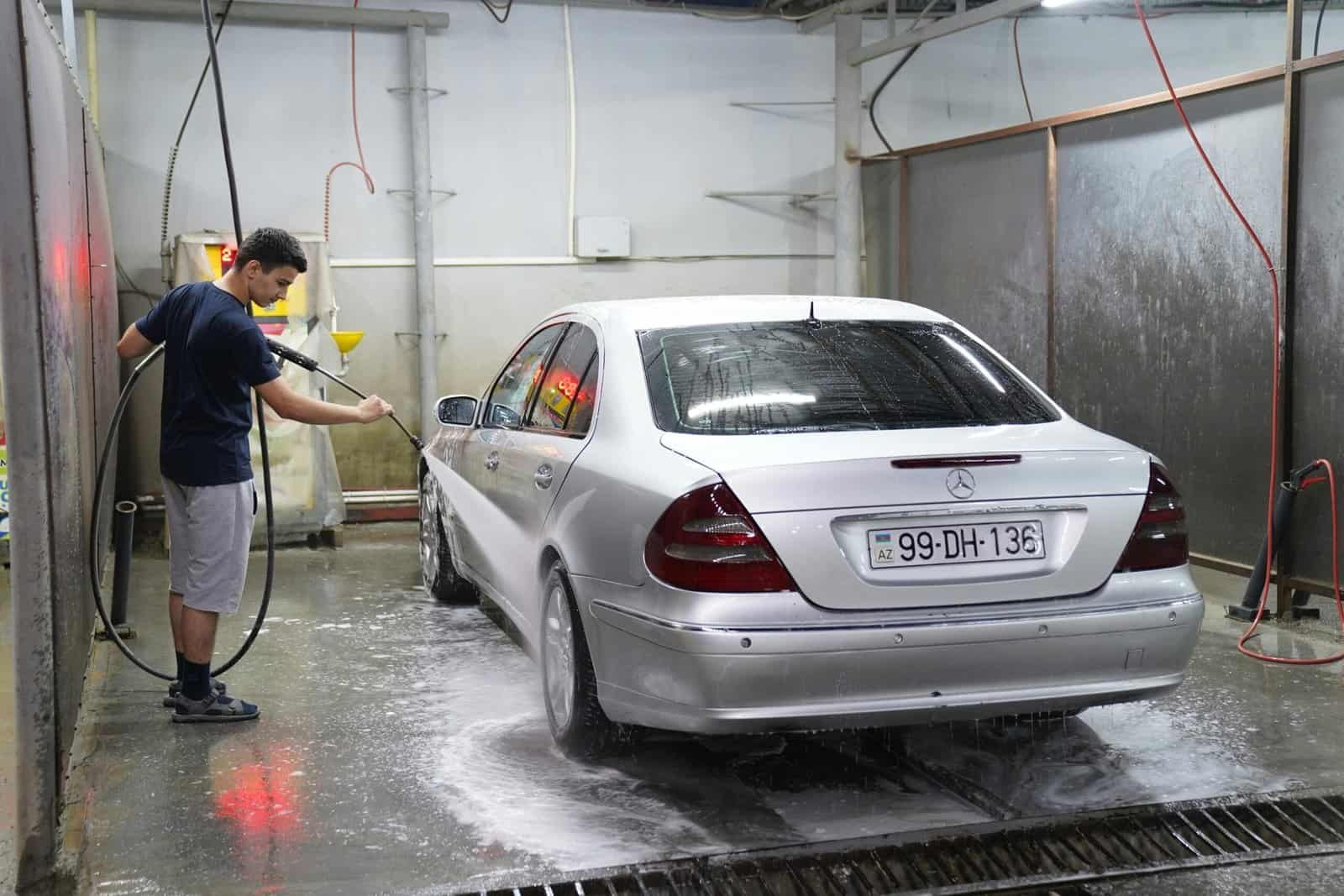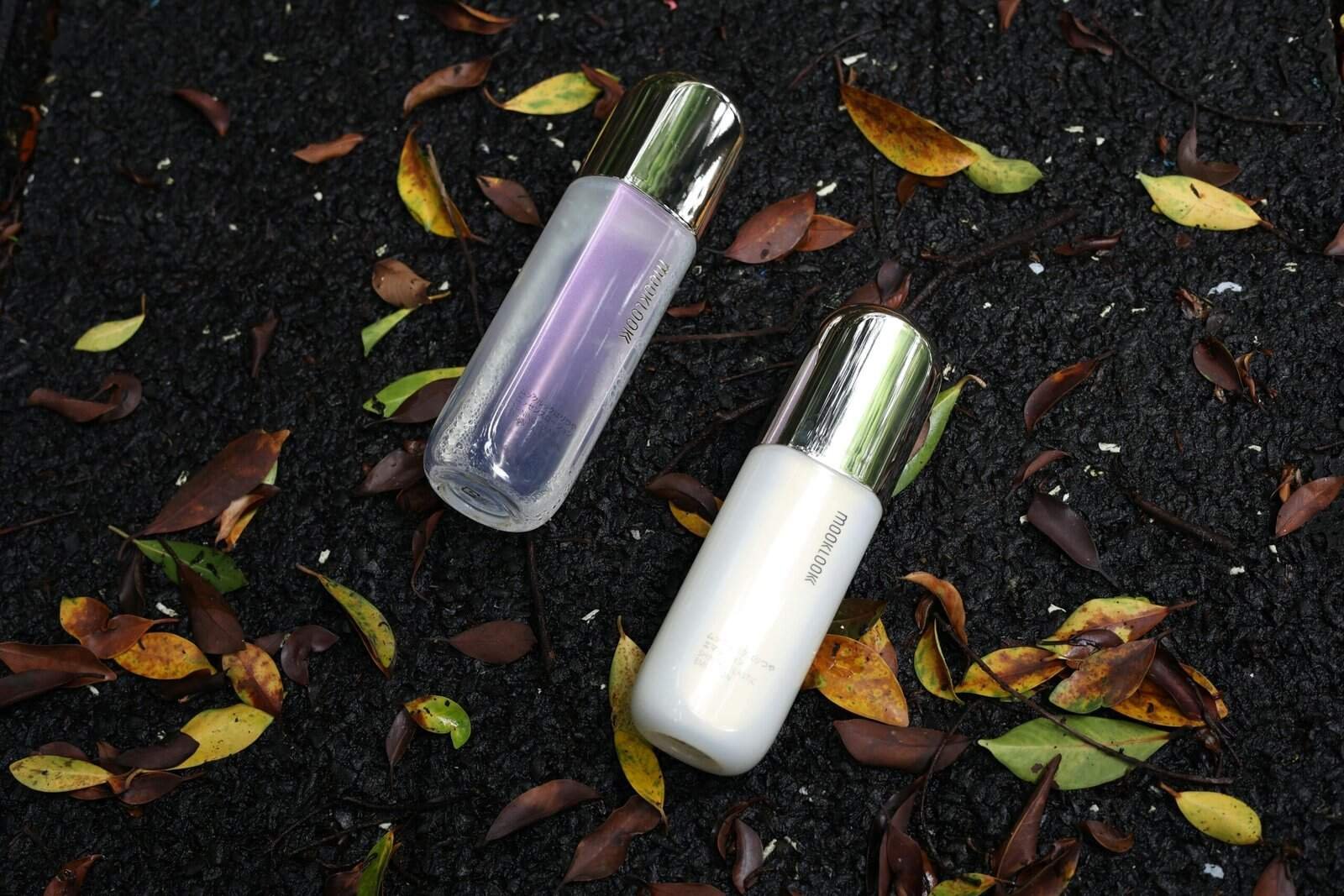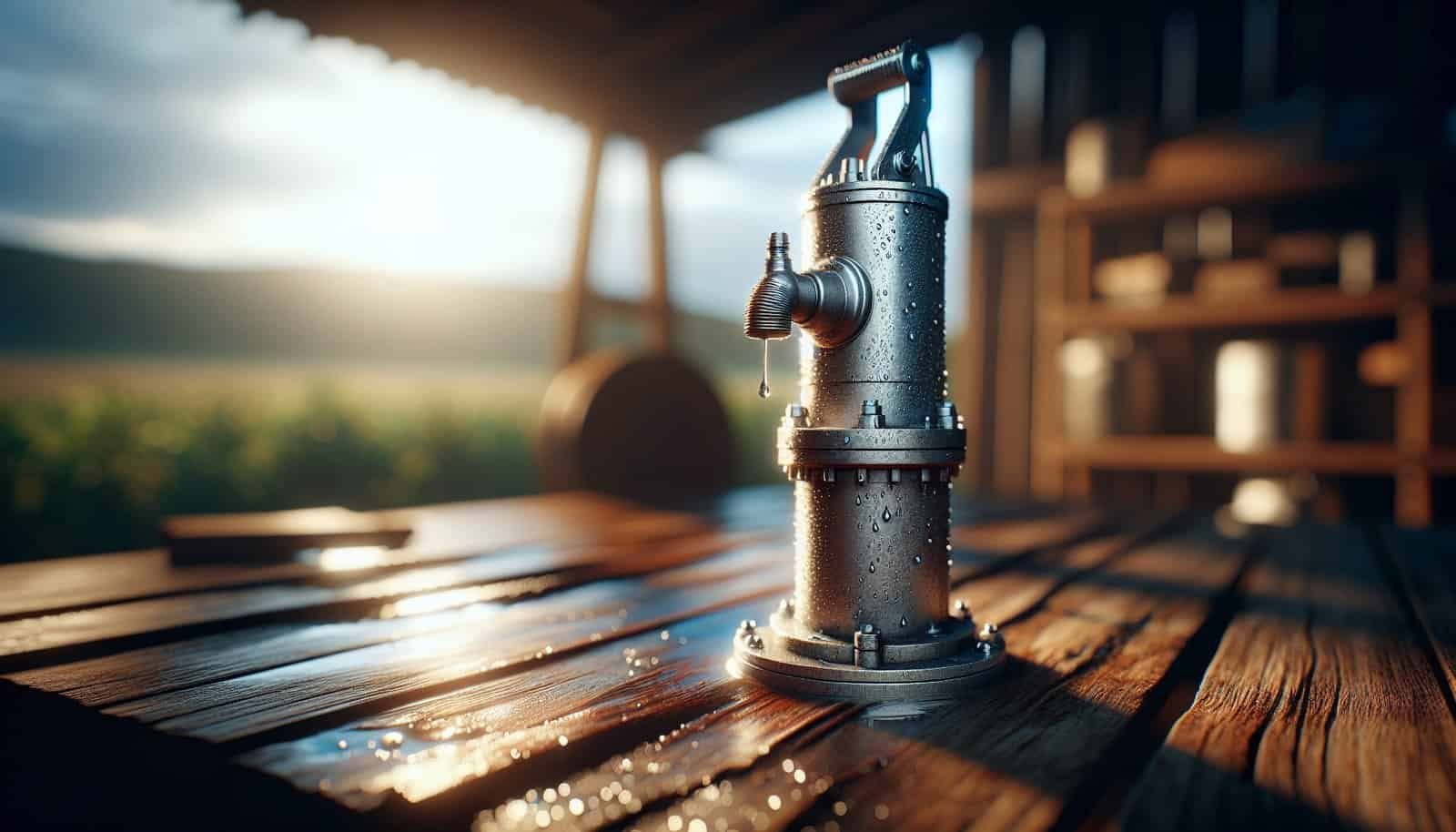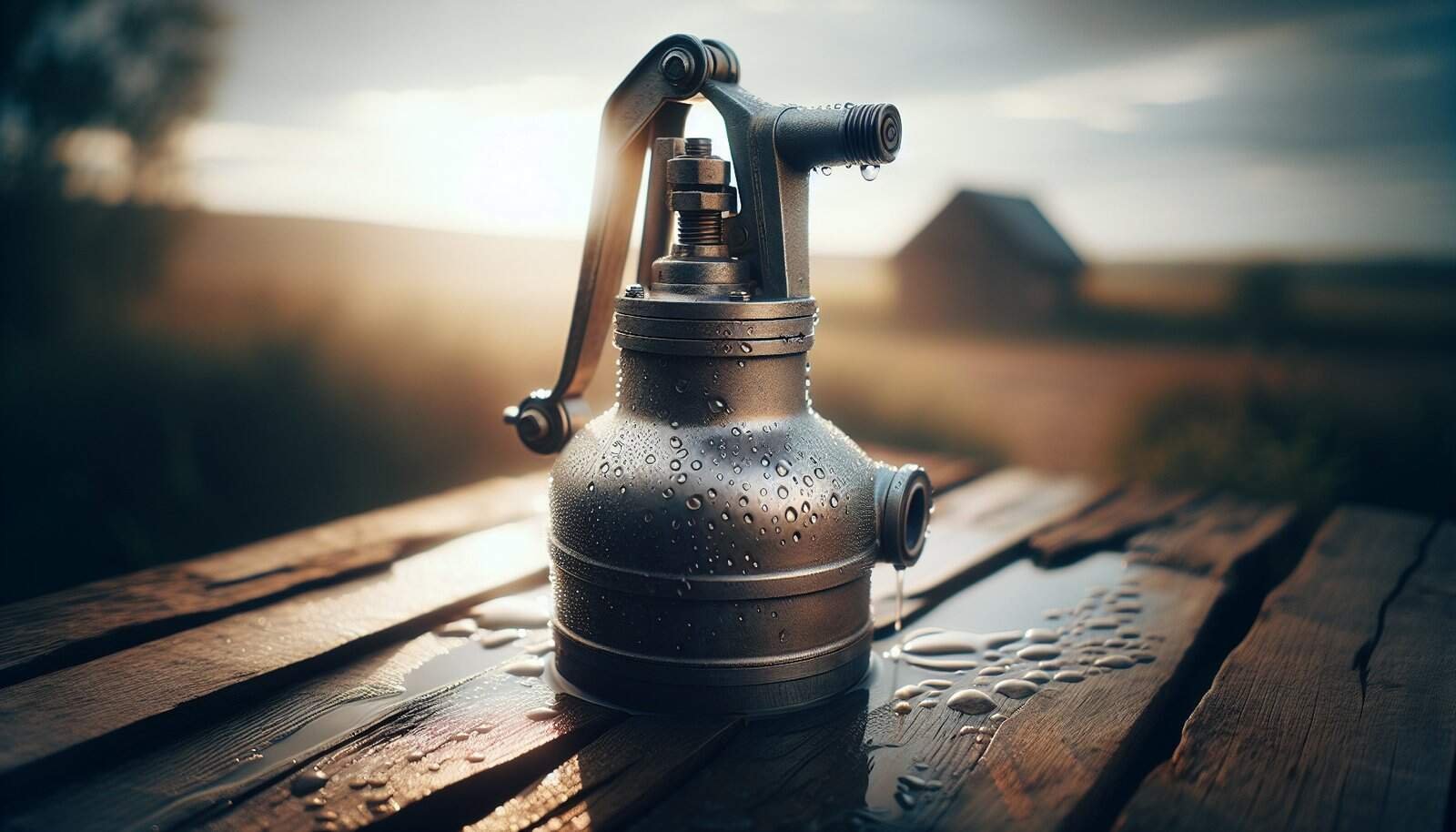? Do you want to keep your water well pump running reliably so you can count on clean water when you need it most?
How Do I Maintain My Water Well Pump?
Why Maintaining Your Well Pump Matters
Regular maintenance keeps your water supply dependable and helps you avoid sudden failures that can be expensive or dangerous. When you maintain your pump, you preserve water quality, extend equipment life, and reduce the chance of contamination or costly repairs. Taking a proactive approach saves time and money over the long run.
Understand Your System
Knowing how your well system works gives you the confidence to identify problems and perform basic maintenance safely. Familiarize yourself with the pump, pressure tank, electrical controls, and wellhead so you can spot abnormal behavior early.
Types of Well Pumps
There are several common pump types, including submersible pumps, jet pumps, and shallow-well vs. deep-well variations. Each type has different maintenance needs, performance characteristics, and installation details that affect what you should check and how often. Knowing which one you have helps you follow appropriate procedures and choose correct replacement parts.
Pressure Tank and Pressure Switch
The pressure tank stores water and helps keep pump cycles at a reasonable rate, while the pressure switch tells the pump when to start and stop. If the pressure tank loses its air charge or the pressure switch becomes corroded or misadjusted, you will experience short cycling or poor pressure. Maintaining these items is one of the easiest ways to prevent frequent pump starts and premature motor wear.
Well Casing, Cap, and Seal
The wellhead is the first barrier against surface contamination. A damaged cap or inadequate seal can allow insects, surface water, or debris to enter your well. Regularly inspect the casing and cap to ensure they remain intact, properly sealed, and securely fastened. Any issue here should be addressed immediately to protect water quality.
Electrical Components and Controls
Your pump depends on its electrical supply, control box, fuses, and wiring connections. Loose wires, corroded terminals, or failing capacitors will cause the pump to underperform or stop altogether. Safely checking electrical components and ensuring proper grounding will reduce the risk of failures and hazards.

Routine Maintenance Tasks
A few routine tasks will prevent the majority of common problems. Set a schedule and stick to it so you can catch small issues before they become emergencies. Many tasks are straightforward and can be done by a homeowner, while some require a licensed pump technician or electrician.
Visual Inspection
Perform a visual inspection of the pump, tank, piping, and wellhead at least monthly. Look for leaks, rust, unusual noises, wet spots, or signs of loose fittings. Small stains or drips can indicate a developing leak that you can fix cheaply if you act quickly.
Check Pressure and Cycle Rate
Monitor the system pressure and note how often the pump cycles on and off. A healthy system typically cycles a few times per hour depending on household use and tank size. Rapid cycling (short cycling) or long run times suggest tank or pump problems. Recording pressures and cycle rates will help you identify trends.
Inspect and Service Pressure Tank
Check the tank’s air charge and tank condition at least yearly. For bladder tanks, confirm the air precharge matches the pump cut-in pressure minus 2 psi. If the tank is waterlogged or shows corrosion, consider repair or replacement. Maintaining the pressure tank reduces pump starts and improves system longevity.
Clean or Replace Intake Screens and Filters
If your system has prefilters, sediment filters, or intake screens, clean or replace them according to manufacturer guidance or when you notice pressure loss. Clogged filters reduce flow and force the pump to work harder. Keep spare filter cartridges on hand so you can change them quickly when needed.
Monitor Water Quality and Well Testing
Test your water for bacteria, nitrates, and common contaminants at least annually and after any work on the well. If you notice changes in taste, odor, cloudiness, or staining, test immediately. Regular testing protects your health and alerts you to well contamination or aquifer changes.
Check for Leaks and Water Loss
Inspect piping, pressure tanks, and fixtures for leaks and track water usage to identify hidden losses. A sudden rise in water bills or a drop in tank pressure may indicate a leak. Finding and repairing leaks promptly saves water, limits pump strain, and prevents property damage.
Lubrication and Motor Care
Above-ground and some shallow-well pumps may need periodic lubrication. Check manufacturer instructions before adding oil or grease. For submersible motors, do not attempt to lubricate; instead focus on electrical checks and performance monitoring. Proper motor care ensures efficient operation and prevents failures.
Winterization
If your pump or piping is exposed to freezing temperatures, insulate or heat-trace vulnerable parts. During cold weather, protect the wellhead, pump house, and above-ground piping to prevent ice damage. Freezing can crack pipes and damage pumps, so winter prep is essential if you live in cold climates.
Maintenance Schedule
Below is a practical schedule to help you plan regular tasks. Follow this as a baseline and tailor it to your pump type, water quality, and usage.
| Frequency | Tasks |
|---|---|
| Monthly | Visual inspection of wellhead and pump area; check for leaks; record pressure and cycle behavior. |
| Every 3 months | Change or clean sediment/pre-filters; check pressure gauge calibration; review water usage. |
| Annually | Test water for bacteria and nitrates; inspect pressure tank air charge; service pressure switch and wiring; inspect well cap and casing. |
| Every 3–5 years | Inspect and possibly service pump motor and controls; shock chlorinate well after contamination or maintenance; test flow rate and drawdown. |
| As needed | Replace worn parts, address leaks, adjust pressure switch, call a professional for complex electrical or pump removal tasks. |

Troubleshooting Common Problems
When something goes wrong, the right diagnosis speeds repair and reduces cost. Use this troubleshooting guide to match symptoms with likely causes and solutions.
| Symptom | Likely Cause | What You Can Try |
|---|---|---|
| No water at faucets | Power loss, tripped breaker, burned motor, failed pressure switch | Check power, reset breaker, test other circuits, listen for pump; call pro if motor smells burnt or doesn’t run. |
| Low water pressure | Clogged filter, low well yield, failing pump, pressure tank issues | Replace filter, check pressure tank air charge, observe drawdown during pump run; call pro for pump inspection. |
| Rapid cycling (short cycling) | Waterlogged pressure tank, incorrect air charge, leaky check valve | Test tank air charge, inspect outlet check valve, adjust switch settings, replace tank bladder if needed. |
| Pump runs but no water | Dry well, fouled intake screen, broken foot valve | Stop pump to avoid damage, check well level, call a well contractor for well-level measurement and inspection. |
| Strange noises (grinding, humming) | Cavitation, bearing failure, electrical issues | Turn off pump and call a qualified technician to inspect motor and impellers. |
| Cloudy or bad-tasting water | Bacterial contamination, sediment, chemical intrusion | Test water immediately; consider shock chlorination after positive bacteria result; consult a professional. |
Diagnosing Pump Cycling and Low Pressure
Short cycling and poor pressure are among the most common frustrations. Diagnosing the root cause prevents repeated repairs and improves system reliability. Start by checking the pressure tank, then move to valves and filters, and finally test pump performance.
Steps to Diagnose Cycling
- Turn off power to the pump and drain water from the system at an outside faucet.
- Check the pressure tank air charge with a tire gauge at the tank’s air valve. The charge should be about 2 psi below the pump cut-in pressure.
- If the tank is waterlogged (no air pressure), replace bladder or tank.
- Inspect the pressure switch and check valve for proper operation. Replace corroded contacts or faulty valves.
Following these steps lets you determine whether the tank, valves, or controls are causing cycling.
Steps to Diagnose Low Pressure
- Verify filter condition and replace if clogged.
- Measure flow at the wellhead or nearest hose bib while the pump is running to determine actual GPM.
- Watch the pressure gauge: if pressure slowly drops during a draw, the pump or well yield may be insufficient.
- If flow is low but pump runs normally, check impellers and intake for wear or blockage.
These checks help you identify whether the issue is mechanical, hydraulic, or related to water availability.

Addressing Sand, Sediment, and Corrosion
Sand and sediment can harm pumps and reduce well life. Corrosive water damages metal components over time. Identifying the source and using appropriate filtration or treatment will prolong pump life and improve water quality.
Sand and Sediment
If you see sand in your water, stop the pump if possible to prevent abrasion damage. Sand often indicates well screen wear or a collapsing formation. Installing a sand separator or sediment filter can help short-term, but you should contact a well professional to evaluate and repair the well screen or casing. Persistent sand typically requires professional intervention.
Corrosion and Scale
Hard or acidic water can corrode pumps and piping. If you notice pitting, rust, or scale buildup, test water chemistry and consider treatment options such as neutralizing filters, water softeners, or corrosion-resistant materials. Regular inspections of metal components and use of sacrificial anodes where applicable can slow corrosion.
Electrical Problems and Safety
Electrical issues are a frequent cause of pump failure and also a major safety concern. Always exercise caution and, when in doubt, call a licensed electrician or pump technician. Do not attempt complex electrical work without proper training.
Safe Electrical Checks You Can Do
- Verify the breaker and any GFCI devices are reset.
- Listen for the pump starting; a humming motor may indicate a stuck rotor or failed start capacitor.
- Inspect the control box and look for burned contacts or loose wires, but do not touch components while energized.
If you’re uncomfortable or find burnt components, shut down the power and call a professional.
When to Call an Electrician
If the pump trips breakers repeatedly, makes unusual electrical noises, or you see signs of burning, involve an electrician. Mistakes can cause severe injury, so prioritize safety and professional help for wiring, capacitors, and motor replacements.

When to Call a Professional
You should call a licensed well contractor or pump technician when the issue involves pump removal, motor work, major electrical repairs, or suspected well contamination. Professionals have the tools and expertise for safe, effective repairs. If you face persistent low yields, sand production, or contamination, don’t delay calling for specialized help.
Typical Situations Requiring a Pro
- Pump motor removal or replacement.
- Well rehabilitation due to sand, collapse, or contamination.
- Complex electrical diagnostics or control box replacement.
- After shock chlorination or significant repair to validate water quality.
Hiring a qualified pro can prevent costly mistakes and ensure compliance with local codes.
Replacing or Upgrading Your Pump
Pumps age and fail eventually, but choosing the right replacement can improve performance and efficiency. Consider pump sizing, energy use, and compatibility with your system when replacing. Properly sizing a pump prevents short cycling and matches well yield to household demand.
Lifespan and When to Replace
Typical lifespans vary: submersible pumps often last 10–15 years, while shallower or older jet pumps may last less. If your pump requires frequent repairs, shows declining performance, or is near the expected lifespan, plan to replace it. Proactive replacement can be cheaper than repeated repairs and can be scheduled to avoid emergencies.
Sizing and Selection Basics
Select a pump based on required flow (GPM), total dynamic head (TDH), and well yield. Larger pumps aren’t always better; a pump that exceeds well yield will run dry. Work with a professional to calculate TDH and match pump curves to your well. Choosing energy-efficient motors and correctly sized pressure tanks will reduce operating costs.

Cost Estimates and Parts
Knowing typical costs helps you budget for maintenance or replacement. Prices vary by region and system complexity, but these ranges give you a general idea.
| Item | Typical Cost Range (USD) | Notes |
|---|---|---|
| Sediment filter cartridge | $5–$30 | Depends on micron rating and brand. |
| Pressure switch | $40–$120 | Includes labor if installed by a pro. |
| Pressure tank (bladder) | $150–$800 | Size and material affect price. |
| Submersible pump (unit only) | $400–$2,000+ | Based on horsepower and brand. |
| Well rehabilitation (pro) | $500–$5,000+ | Depends on severity (e.g., cleaning, developing, re-screening). |
| Pump installation (labor) | $200–$1,500+ | Includes hoisting and electrical work; site dependent. |
| Shock chlorination (DIY) | $20–$100 | Chlorine and supplies; professional service costs more. |
Record-Keeping and Long-Term Care
Keep a maintenance log that records service dates, tests, part replacements, and observations. This history helps professionals diagnose recurring issues and provides documentation if you sell the property. Good records also remind you when to perform seasonal tasks and can reduce long-term costs.
What to Track
- Dates of water tests and results.
- Pressure readings and cycle frequencies.
- Parts replaced, filter change dates, and repair invoices.
- Any unusual sounds, odors, or reductions in flow.
A simple notebook or digital file works well and pays off when troubleshooting or selling the home.
Emergency Procedures
When your pump fails unexpectedly, you’ll need a clear plan so you can maintain access to water and prevent damage. Preparing an emergency kit and knowing quick actions will reduce stress and protect your household.
Immediate Steps for Pump Failure
- Turn off the pump breaker to prevent damage and electrical hazards.
- Conserve stored water and stop nonessential water uses.
- Check for tripped breakers, blown fuses, or visible wiring damage.
- Call a qualified technician if you can’t reset or safely identify the issue.
Having backup water or a plan for temporary supply helps when repairs will take time.
Contamination Concerns
If your water tests positive for bacteria or you suspect contamination from flooding or a compromised wellhead, do not drink the water. Use bottled water, boil water advisories if directed, or arrange for immediate shock chlorination and subsequent testing. Protect your family by following public health guidance until tests confirm safety.
Final Checklist You Can Use
Keep this checklist handy to ensure you cover key maintenance items regularly. It’s a practical tool for staying on top of care without overcomplicating the process.
| Task | Frequency | Done |
|---|---|---|
| Visual wellhead and pump area inspection | Monthly | |
| Record pressure and cycle behavior | Monthly | |
| Replace/clean pre-filtration cartridges | Every 3 months or as needed | |
| Test water quality (bacteria, nitrates) | Annually | |
| Check pressure tank air charge | Annually | |
| Inspect pressure switch and wiring | Annually | |
| Shock chlorinate after contamination or maintenance | As needed | |
| Professional pump and well evaluation | Every 3–5 years |
Practical Tips and Best Practices
A few practical habits make maintenance easier and more effective. Simple steps will reduce wear and keep your system operating smoothly. These tips will save you time and expense over the pump’s life.
- Label your system components so you know what each valve and switch does.
- Keep spare simple parts (filter cartridges, fuses, a pressure switch) on hand.
- Install a pressure gauge at a convenient location for quick checks.
- Avoid running the pump without proper priming or while it’s producing sand.
- Use surge protection to protect electrical components from spikes.
- Maintain clearance and ventilation around the pump and pressure tank.
Closing Thoughts
Taking care of your water well pump is a blend of routine checks, sensible record-keeping, and knowing when to call professionals. By following a maintenance schedule, monitoring performance, addressing small issues early, and testing water quality regularly, you’ll protect your water supply and extend the life of your equipment. With some attention and simple habits, you’ll have reliable water and fewer surprises.
